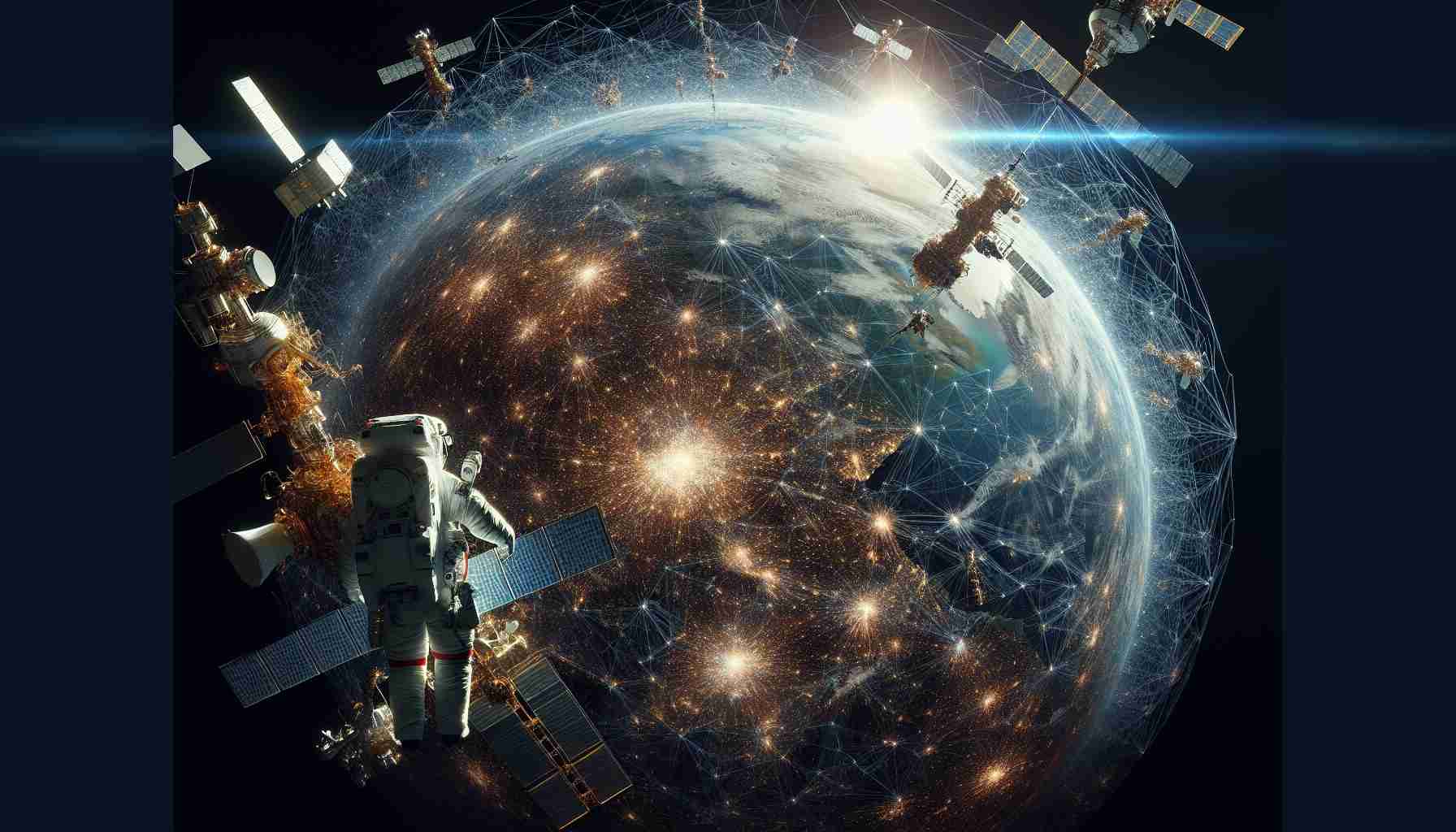The Impact of Mega-Constellations on Earth and Space Exploration
Astronomers and experts in the field of space exploration have raised concerns about the consequences of launching large satellite constellations into low Earth orbit (LEO). The rapid increase in mega-constellations, like SpaceX’s Starlink, has led to calls for a thorough environmental review process by the US Federal Communications Commission (FCC).
In a recent plea, scientists from esteemed institutions highlighted the potential environmental impact of mega-constellations, emphasizing the need for a comprehensive investigation into metal fragments and gases injected into Earth’s atmosphere. They argue that this reckless deployment could jeopardize future space endeavors, harm the planet’s protective layer, and have long-lasting effects on biodiversity.
The letter urges the FCC to collaborate with experts from various federal agencies to evaluate the environmental implications before granting licenses for mega-constellations. It emphasizes the importance of taking a cautious approach to prevent irreversible damage to space and Earth’s atmosphere.
Concerns have also been raised by radio astronomers regarding the interference caused by mega-constellations with radio telescopes essential for studying celestial objects. International researchers have echoed these sentiments, labeling the proliferation of satellite constellations as a global threat to nature.
As the space industry continues to expand, the push for a more sustainable approach to satellite deployment becomes increasingly vital. Scientists stress the necessity of diligent assessment and regulation to safeguard the integrity of space exploration and preserve the fragile balance of Earth’s ecosystem.
The Impact of Mega-Constellations on Earth and Space Exploration: Exploring Unseen Dimensions
A growing concern among experts in the field of space exploration revolves around the lesser-known consequences of launching mega-constellations into low Earth orbit (LEO). While the environmental impact on Earth’s atmosphere has been a focal point of discussions, less attention has been given to the potential effects on space exploration itself.
Key Questions:
1. How do mega-constellations impact space debris accumulation?
2. What are the implications of increased radio interference on space observation?
3. Are there alternative deployment strategies to mitigate environmental risks?
Space Debris Accumulation:
One pressing concern not widely discussed is the contribution of mega-constellations to space debris accumulation. With an unprecedented number of satellites being deployed, the risk of collisions and the generation of more space debris significantly increases. Addressing this issue is crucial to ensure the sustainability of future space missions.
Radio Interference Challenges:
Apart from the environmental impact, the interference caused by mega-constellations with radio telescopes poses a significant challenge to astronomers studying celestial objects. The disruption of radio signals can compromise crucial observations and hinder our understanding of the universe. Finding solutions to mitigate this interference is imperative for scientific advancement.
Deployment Strategies:
Exploring alternative deployment strategies, such as clustering satellites in specific orbital planes or implementing advanced collision avoidance systems, could be key to minimizing the environmental risks associated with mega-constellations. Collaborative efforts between space agencies and private companies are essential to develop sustainable practices for satellite deployment.
Advantages and Disadvantages:
While mega-constellations offer enhanced global connectivity and communication services, their rapid proliferation poses risks to space sustainability and scientific research. Balancing these advantages with the potential drawbacks requires a comprehensive assessment of the long-term implications on both Earth’s environment and the future of space exploration.
In summary, the impact of mega-constellations extends beyond Earth’s atmosphere, raising important questions about space sustainability and exploration. Addressing the challenges and controversies associated with these vast satellite networks is crucial to ensure a harmonious coexistence between technological advancements and the preservation of our cosmic environment.
For more information on the evolving landscape of mega-constellations and their impact on space exploration, visit NASA’s website for the latest updates and insights into future space initiatives.













